Content Management Systems(CMS) are systems that help you build web pages without having to build the infrastructure that enables you to store, edit and manage the content from scratch.
Headless cms unlike traditional cms require that you have to build your front end by yourself from scratch. The headless cms only provide the backend infrastructure for the website and it interacts with the front end using API.
If you are looking to take full control of how your website is being presented and still have your content managed over cms, using headless cms might be the right approach to go with.
In this article, We will look at some opensource headless cms options you might want to consider.
1. Strapi
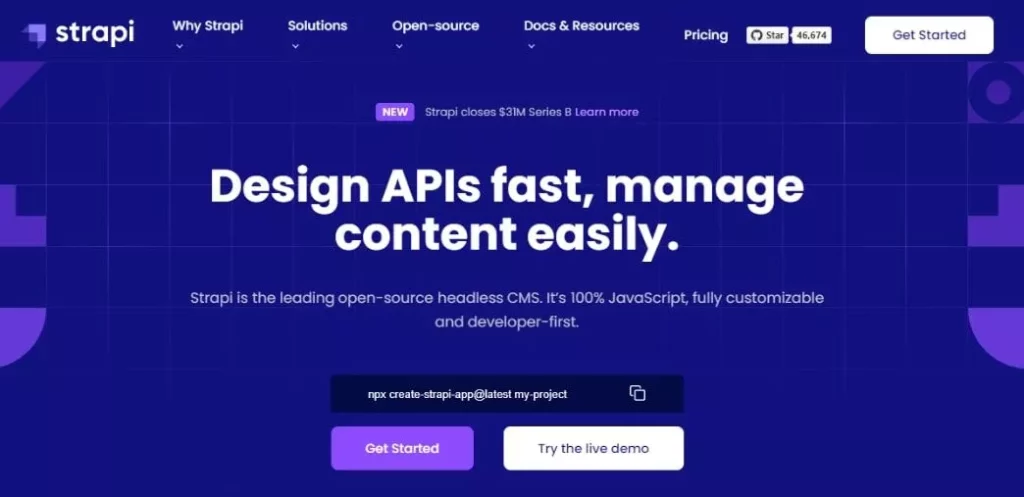
Strapi is fully built with Javascript and supports graphql-based javascript framework for its frontend. It supports different cloud and traditional hosting options, has detailed documentation and has a blog with a lot of helpful resources.
Strapi supports multi databases, has webhooks and its APIs are customizable. The Strapi Admin UI is attractive and has a good user experience, although there are limits to the number of admin accounts that can be created under each subscription plan
They offer 3 subscription packages;
- Bronze Plan ($9 per month)
- Silver Plan ($29 per month)
- Gold Plan (custom pricing)
2. Sanity
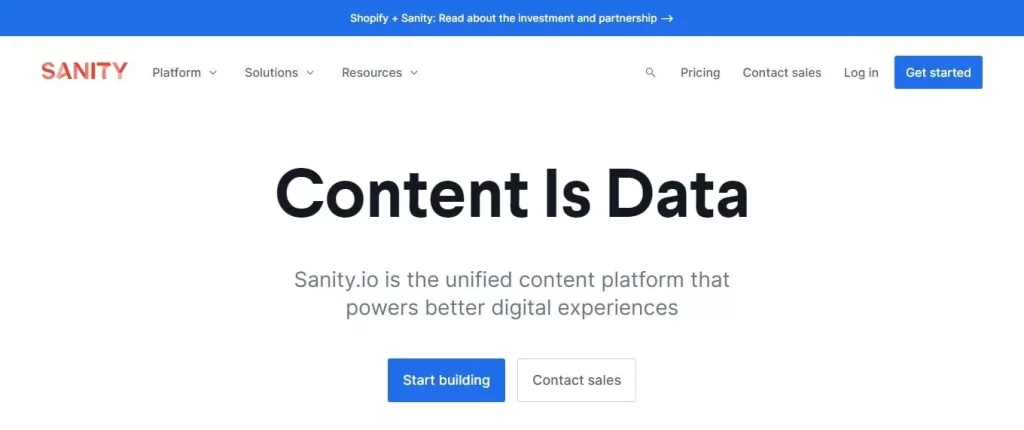
Sanity offers a flexible cms with support for real-time team collaboration, custom input components, custom asset sources, and plugins with customizable widgets.
Sanity is easy to integrate with the front end and requires very little to learn about although Sanity utilizes third-party service for media management.
Sanity has four subscription plans:
- Free Forever
- Team ($99 per month)
- Business ($949 per month)
- Enterprise (custom pricing)
3. Cockpit
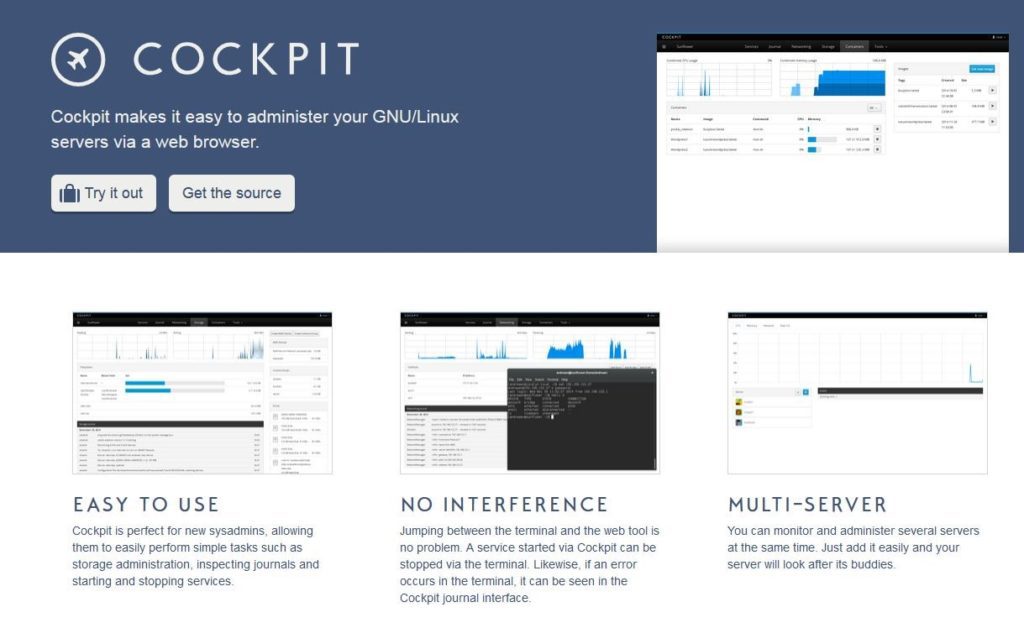
This is an open-source, free, and easy-to-use web-based graphical interface written In C for servers and it is accessible to users who are either new or very experienced with Linux.
It is lightweight and uses a sysadmin login in a web browser, It supports a lot of third-party applications. You can install Cockpit on Fedora, Debian, RHEL, and other Linux distros.
4. HashBrown
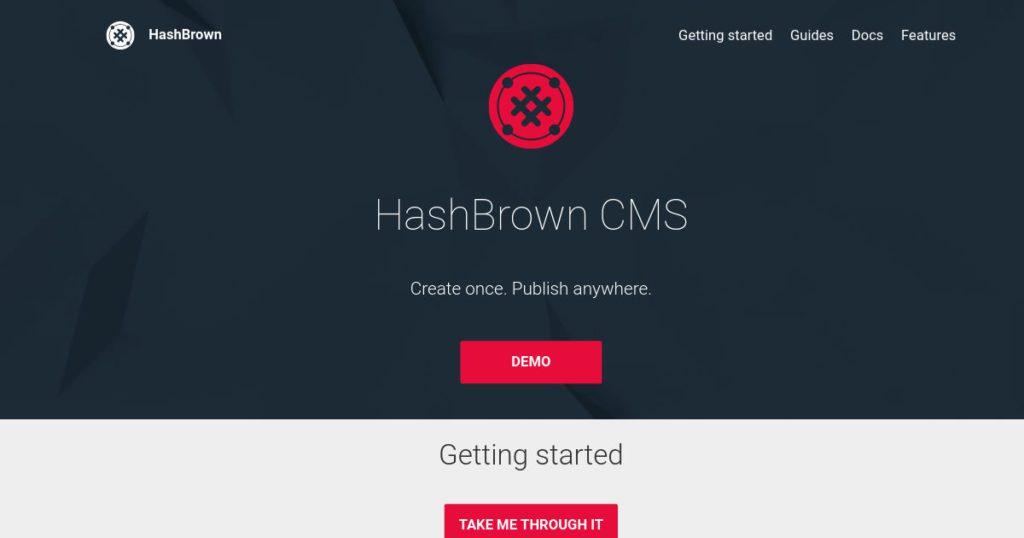
With HashBrown, You can manage multiple projects on different environments and deploy across many servers. it is built with NodeJS and MongoDB and provides you with a way of formatting any content type on different protocols.
5. Statamic
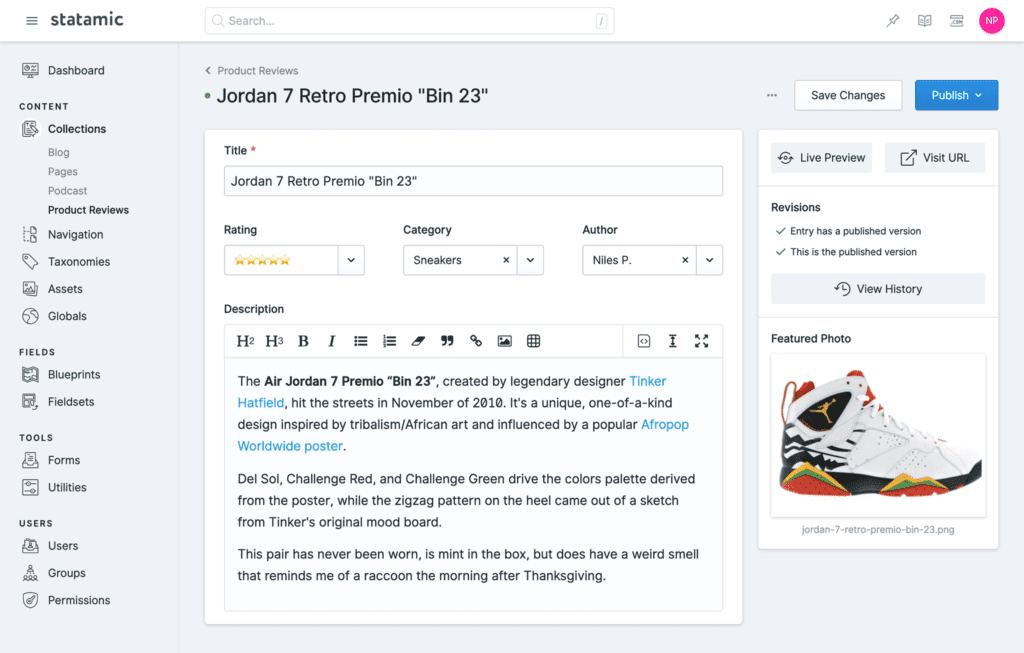
Statamic offers a full-stack CMS with the flexibility of going jam stack and is powered by Laravel. It can be used to design really nice websites and you can set up your database when you need it.
6. Craftcms
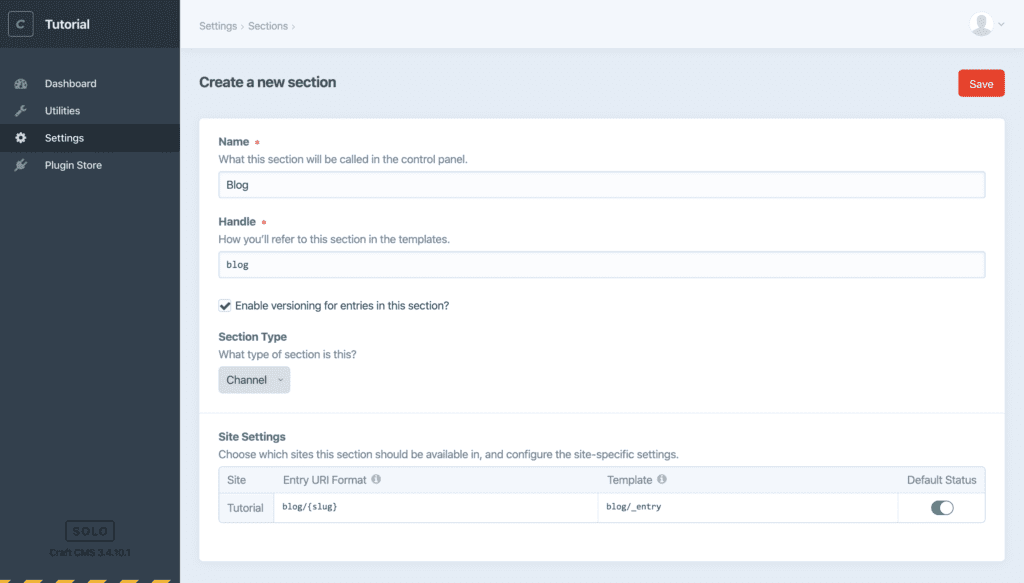
You can create custom fields and entry types with Craftcms, It also has a simple interface that gives a suitable experience for developers and non-technical users.
Its matrix fields give users the ability to manage repeating and long-form content. You can also utilize custom-built plugins or build yours, and have it self-hosted for full control.
7. ApostropheCMS
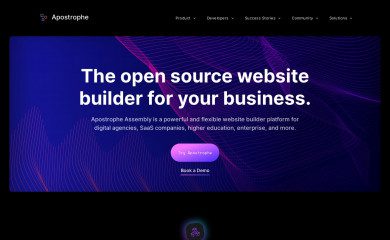
ApotropheCms has a drag-and-drop functionality that allows you to make real-time editing to your website. You can manage your content from a single dashboard and there is a flexible content API integration.
This CMS was built with Node.js, Express, MongoDB, and Vue.js with dynamic visual design tools and is suitable for all industries including schools and digital agencies.
8. Builder.io

Builder is another drag-and-drog CMS and it is open source and has an API-driven UI that is integrable with angular, Vue, or react projects.
When building, you can schedule updates, separate page changes from deployment, and reduce the quantity of code used. Builder was created using Typescript.
9. Gentics Mesh
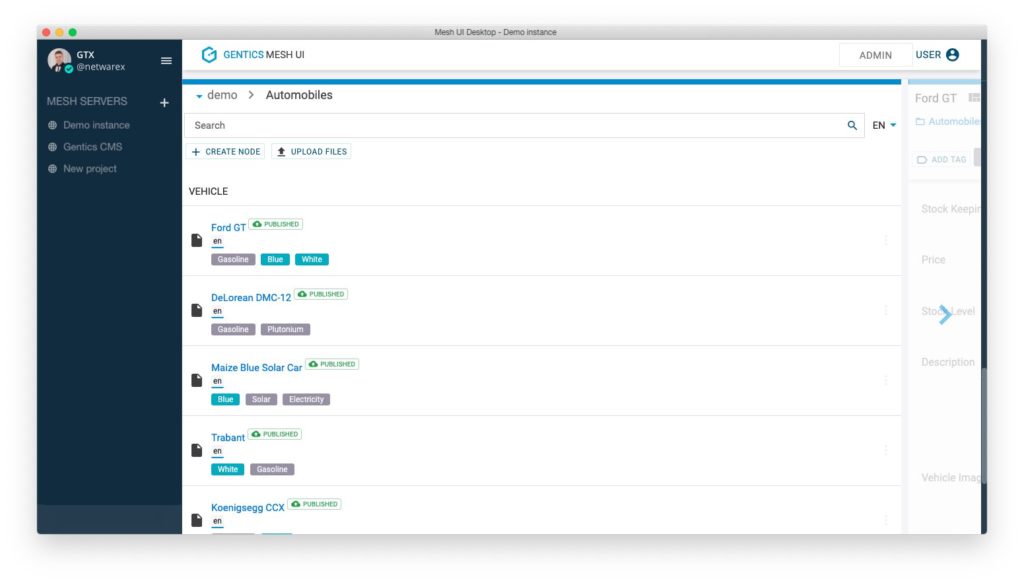
Gentics Mesh is an open-source CMS built for speed development and deployment with Java and offers multi-language, versioning, roles, and permissions features.
You can achieve dynamic layouts using reusable content components and easily scale your website.
10. Directus.io
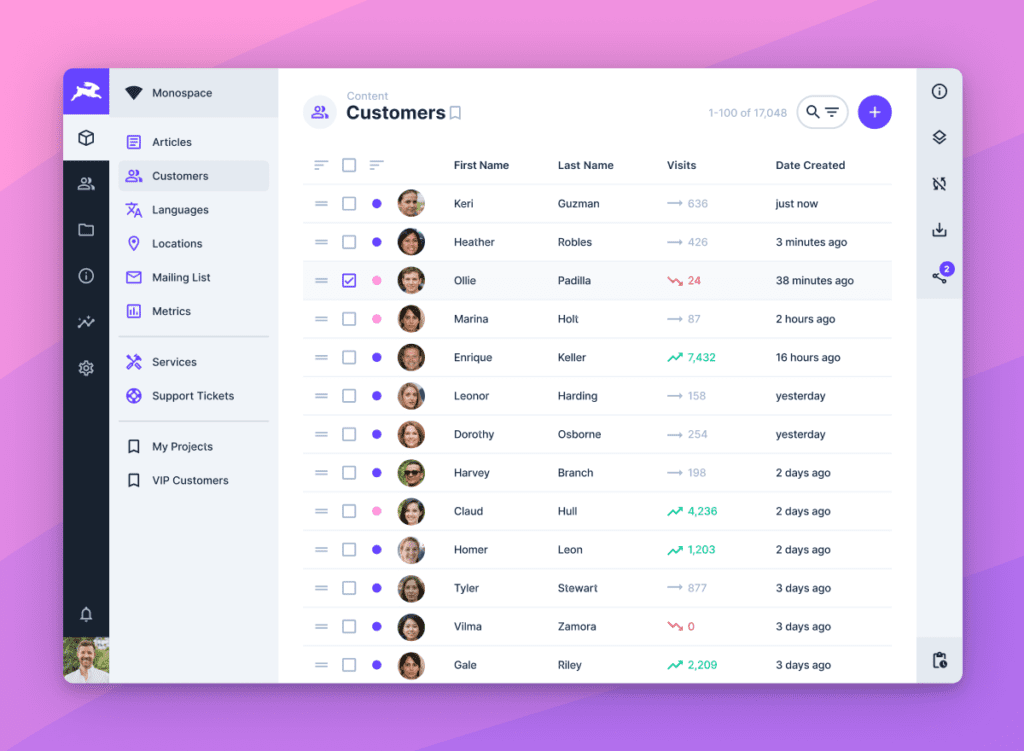
Directus is an open-source CMS that offers an API wrapper and a simple admin interface for nontechnical users and SQL database management.
Directus is free, runs on an advanced dashboard, and supports PostgreSQL, MySQL, SQLite, OracleDB, CockroachDB, MariaDB, and MS-SQL.
11. Keystonejs
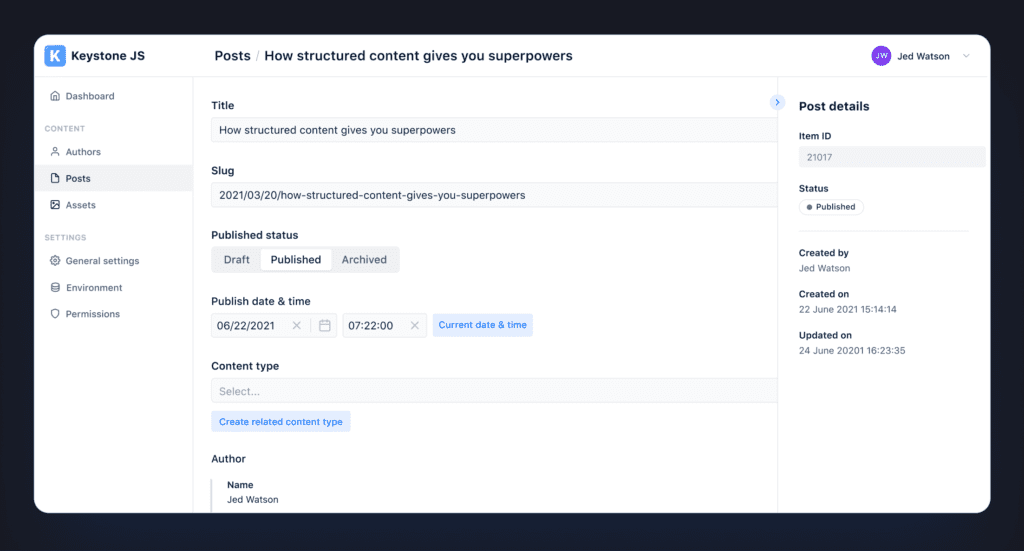
Keystonejs is a next-generation open-source CMS that lets you create customizable API in no time and comes with a WYSIWYG editor, automated CRUD, Extensible GraphQL API, session management, 100% typescript, custom roles Database migrations, and other features.
You can deploy anywhere, design your schema, and customize your content story.
12. SonicJS
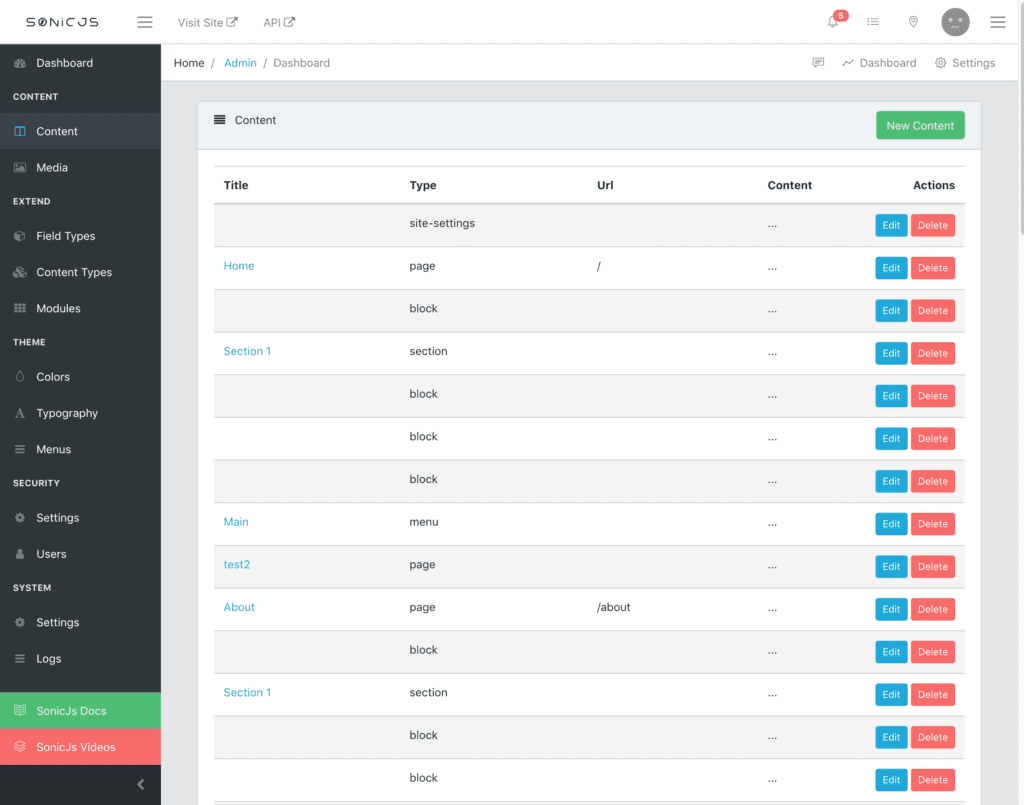
SonicJS is a headless CMS built with NodeJS, and Express supports multiple databases and comes with a dashboard that has a page builder, form builder, and custom content/ field types that allow dynamic content creation with an advanced user management system and powerful permission support.
13. BoltCMS
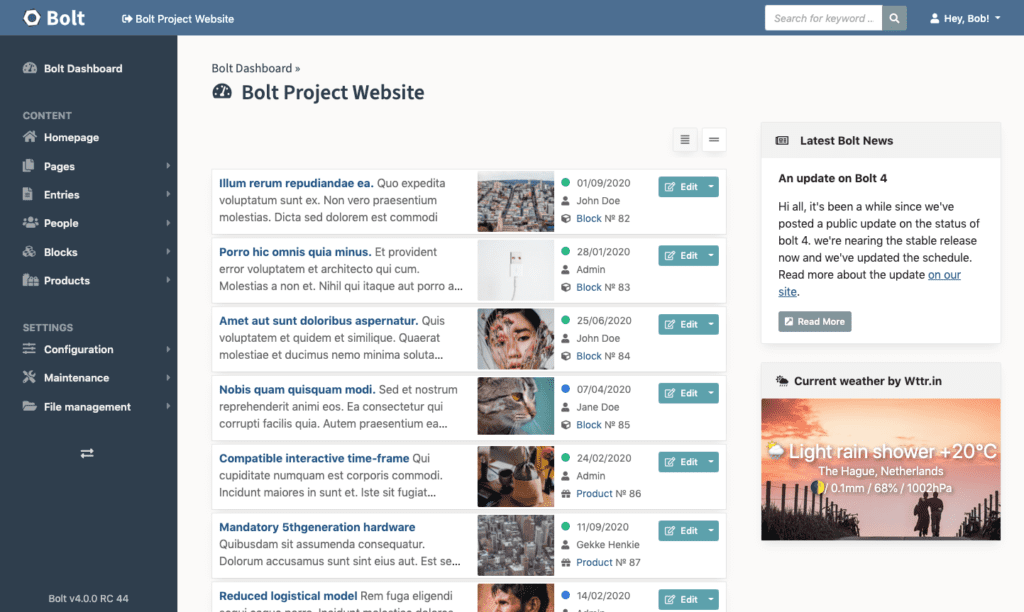
BoltCMS is an open-source CMS built with Symfony 5, and has powerful headless capabilities using RESTful and GraphQL API. It comes with an internationalization experience for the created content with a simple dashboard for managing content and generated API that works effectively.
14. Superdesk
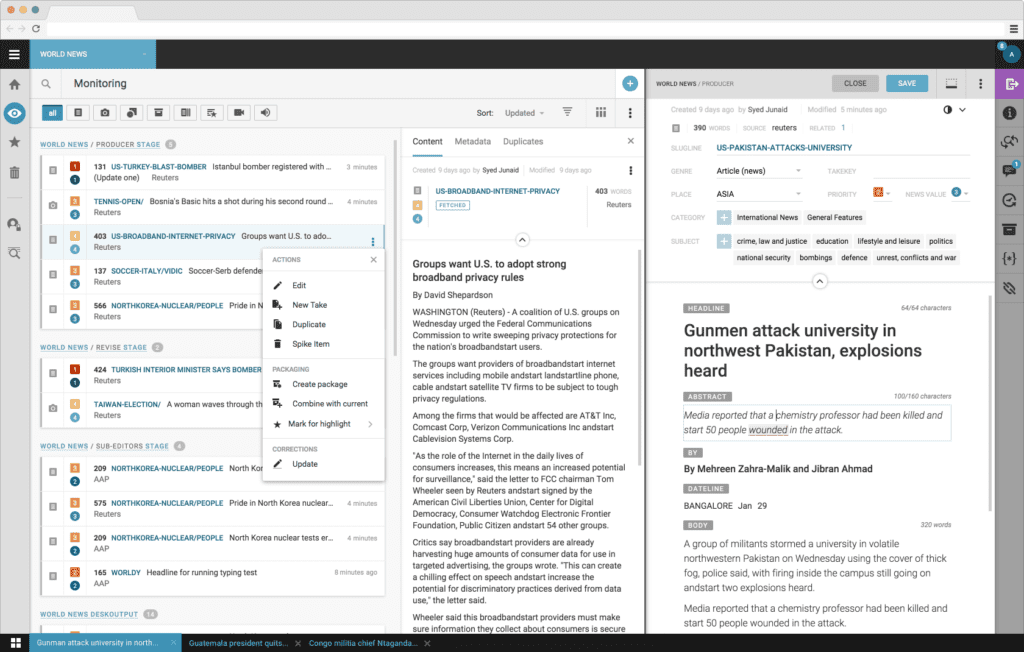
Superdesk is designed for content creation with a strong workflow featurethat allows easy curation and distribution of content.
Using Superdesk workflows, your editorial users can control the production process from creation to distribution across all channels, saving them time and effort.
15. dotCMS
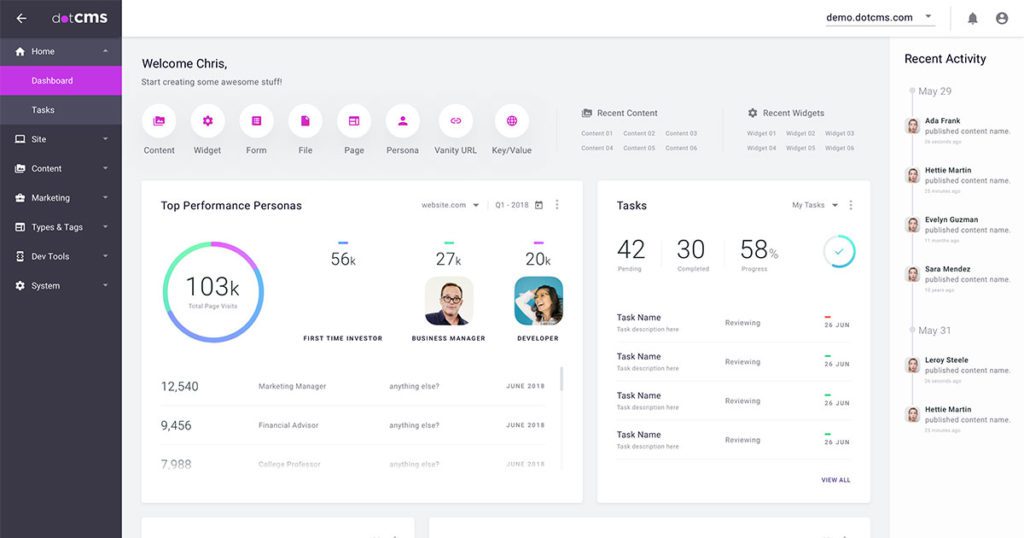
Powered by Java language, dotCMS delivers the most flexible API-first infrastructure. This tool is used by both marketers and developers.
With dotCMS, you can build connected, engaging, and memorable digital products by creating and reusing content. Furthermore, it provides scalable, flexible enterprise content management capabilities, a drag-and-drop editor experience, secure workflow capabilities, multilingual capabilities, and multi-tenancy capabilities.
How to choose the best opensource headless cms
There are a few things to consider when choosing the best open-source headless content management system (CMS) for your business. First, you’ll need to decide which content management system will work best for your specific needs. There are a number of different options available, so it’s important to take the time to research each one to find the best fit.
Once you’ve selected a few possible content management systems, it’s time to start comparing them. You’ll want to consider factors such as ease of use, features, price, and support options. Take the time to read reviews from other users to get an idea of each CMS’s pros and cons.
Once you’ve narrowed down your options, it’s time to take a closer look at each one. Consider installing and testing each CMS to see how it works in practice. Pay attention to how easy it is to use, how well it meets your needs, and whether or not you encounter any problems.
Finally, once you’ve made your decision, be sure to get started on implementing your new content management system right away. The sooner you start using it, the sooner you’ll be able to reap the benefits of a headless CMS.
Conclusion
Content management systems (CMS) are widely available as open-source software. It is common for these tools to come with a full range of features and to be able to be tailored to meet specific requirements, depending on the needs of the project.
Rather than being secondary tools that are only used when a budget is not available to purchase premium ones, open-source tools are now taking over the entire proprietary software market.
Share with others and leave a comment too.


